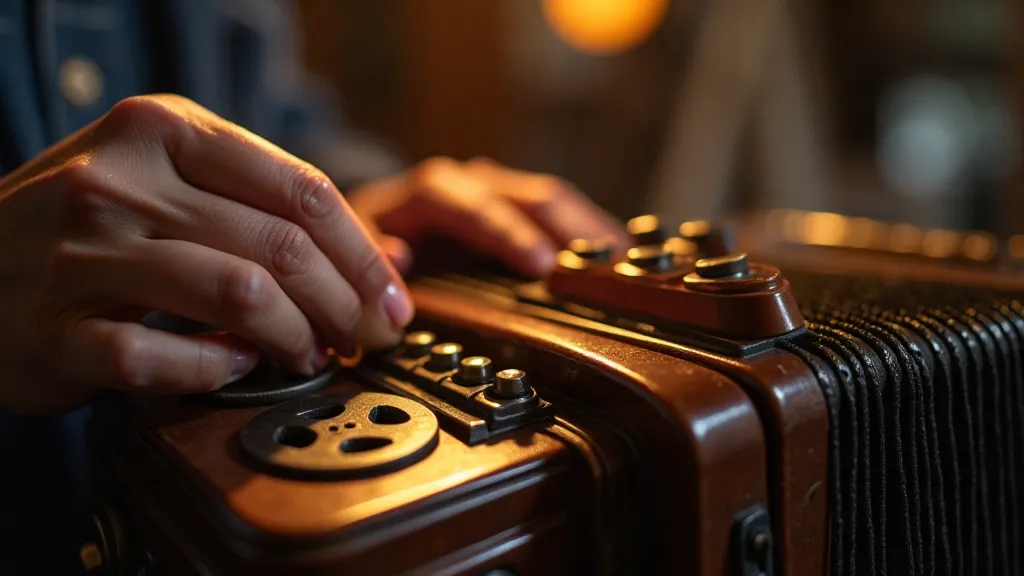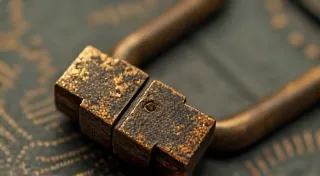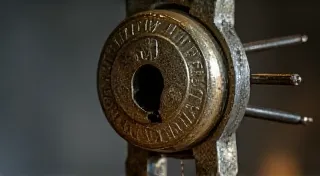Resonance and Release: The Art of Delicate Persuasion
There’s a certain melancholy beauty to an antique accordion. Not the vibrant, flamboyant kind often associated with street performers or celebratory gatherings. But a quieter beauty, the kind that whispers of forgotten dances, of hands that once coaxed life and music from its bellows, of lives lived and lost. I remember finding my grandfather’s accordion tucked away in the attic – dust-covered, silent, and seemingly defeated. It had a weight to it, a presence that spoke volumes without a single note escaping its reeds. It felt less like an instrument and more like a captured memory.
Restoring it became an obsession. Not a frantic, demanding one, but a patient unraveling of years of neglect. Each tiny screw, each tarnished brass fitting, seemed to hold a secret. And as I slowly brought it back to life, I realized the process held a surprising parallel to a far different skill: lock picking. It's a connection that might seem odd at first, but bear with me. Both endeavors are about understanding, about delicate persuasion, about finding the point of resonance where release becomes possible.
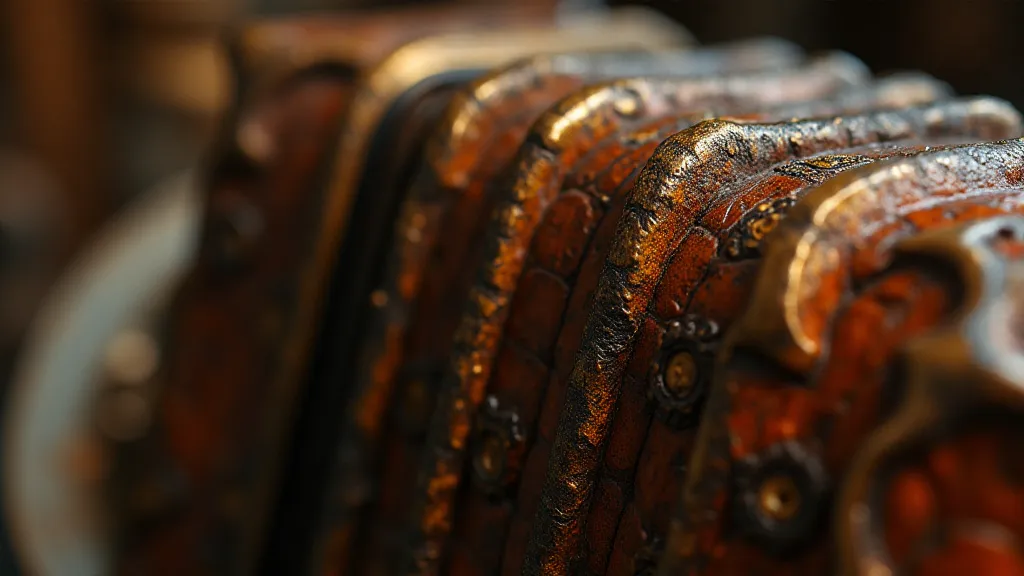
The Harmony of Mechanisms
Lock picking isn't about brute force, a common misconception fueled by fiction. It's about understanding the subtle dance of pins within a cylinder. Each pin is a tiny lever, held in place by a spring. The goal isn't to break them, but to manipulate them – to raise them individually to a point where they allow the cylinder to rotate. Think of it like tuning an accordion. Each reed needs to be adjusted, not forced, to create a harmonious chord. If you apply too much pressure, the sound is distorted, unpleasant. The same principle applies to lock picking; too much force binds the mechanism. The successful picker listens – feels – for the subtle clicks and movements that indicate progress.
Think about the intricate construction of an accordion itself. The bellows, the reed blocks, the keys – each element is meticulously crafted and precisely positioned. The slightest misalignment can disrupt the entire mechanism. A skilled accordion maker, like a skilled locksmith, doesn’t just assemble parts; they orchestrate a symphony of movement. They understand the principles of leverage and friction, the importance of balance and precision. They feel for the “sweet spot” - that crucial point where everything aligns and the instrument sings.
My grandfather, a carpenter by trade, used to say, "Wood tells you what it wants to be.” It's a profound statement about the importance of observation and intuition. Locks, too, have a voice. They whisper their secrets to those who are willing to listen. It’s about feeling for the tension, the resistance, the delicate balance of forces at play. It’s about recognizing that the solution isn’t about imposing your will, but about finding a point of accord with the mechanism itself.
Tools of the Trade: Beyond the Metal
The tools involved in both pursuits are deceptively simple. A set of lock picks – tension wrenches and hooks – and a practiced hand are all you need to begin picking a lock. Similarly, restoring an accordion often requires only a few basic instruments: screwdrivers, pliers, and a keen eye. But the tools are just extensions of the craftsman’s hands; the true skill lies in the understanding of the underlying principles.
For the lock picker, the tension wrench is paramount. It provides the consistent pressure needed to bind the pins, creating a predictable and controlled environment. The hook, then, is used to individually manipulate each pin, lifting it to its shear point. The process requires patience, a steady hand, and an acute sense of touch. A slight variation in pressure can make the difference between success and failure.
Restoring an accordion often involves similar challenges. A stubborn key might require gentle persuasion with a specialized tool. A cracked reed might need to be carefully glued back into place. It's a process of careful observation, diagnosis, and precise intervention. Each step requires a deep understanding of the instrument’s mechanics and a respect for its history.
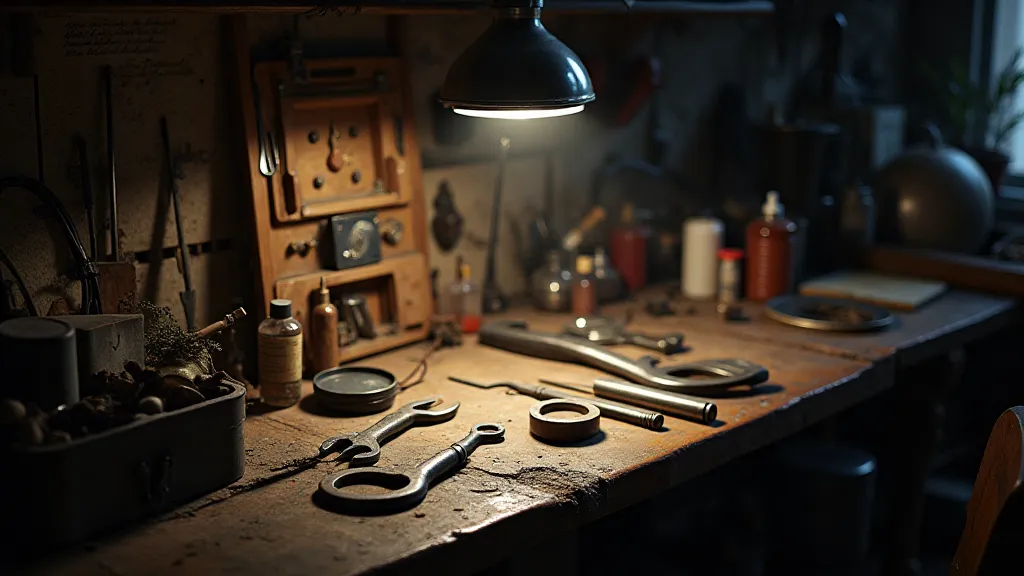
The Ethical Resonance: Respecting the Mechanism
The pursuit of either skill brings with it an inherent responsibility. Lock picking, in particular, raises serious ethical considerations. This guide is intended for recreational purposes and educational value only. Using these skills to gain unauthorized access is illegal and morally reprehensible. True mastery comes not from exploiting vulnerabilities, but from understanding and respecting the underlying mechanisms. The same holds true for antique restoration – a genuine appreciation for the instrument’s history and craftsmanship should guide every action.
There’s a subtle satisfaction in unlocking a lock – not the thrill of transgression, but the quiet triumph of understanding. Similarly, bringing an old accordion back to life, hearing its voice resonate once more – it’s a feeling of connection, of bridging the gap between past and present. It’s a reminder that even the most complex mechanisms can be understood, appreciated, and even restored to their former glory.
More Than Just Parts: The Legacy of Craftsmanship
An old accordion, like a well-made lock, is a testament to the enduring power of human ingenuity. It’s a tangible link to a bygone era, a reminder of the skill and dedication of the craftsmen who created it. These instruments aren’s just collections of parts; they’re embodiments of culture, history, and human connection. They deserve respect, appreciation, and, when necessary, careful restoration.
The process of learning either skill – lock picking or antique restoration – is a journey of discovery, a deepening of understanding, a honing of intuition. It’s about learning to listen, to feel, to appreciate the subtle nuances of the world around us. And in that process, we not only unlock the secrets of mechanisms, but also unlock a deeper appreciation for the enduring power of human craftsmanship and the beauty of delicate persuasion.
